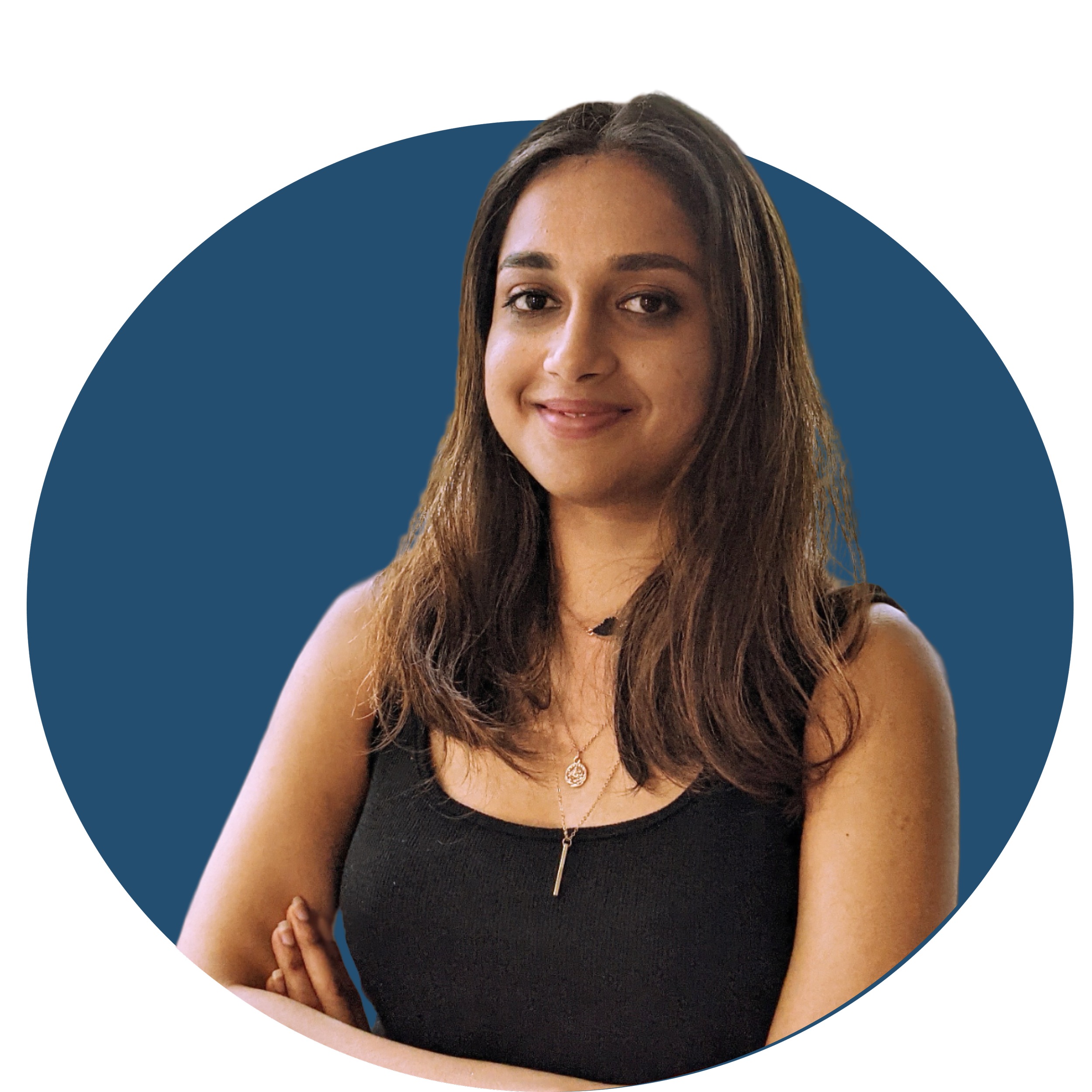Anvika Bharadwaj
Seattle- Based Product Designer• AI • Accessibility • Systems Thinking
I design clarity into complex systems, creating adaptive, AI-driven experiences that simplify data-heavy workflows and scale with feedback.
Enhancing Colorblind Accessibility in AI Risk Indicators
-
Project Summary:
Role: Product Designer
Duration: (insert duration, e.g., 2 months)
Company Size: (insert size, e.g., 50 employees)
Industry: AI / SaaS / Ethical Tech
Challenge:
Risk indicators relied on color-coding, excluding colorblind users and risking misinterpretation in high-stakes AI workflows.
Actions:
Conducted WCAG accessibility and colorblind simulator testing.
Benchmarked UI solutions from finance and tech sectors.
Iterated on icon, color, and typography strategies; prioritized color contrast and font adjustments to maintain clarity without visual clutter.
Balanced accessibility upgrades with strict layout and resource constraints through rapid prototyping and cross-functional alignment.
Outcome & Impact:
Delivered a scalable, user-centered solution enhancing indicator legibility for all users, including those with color vision deficiencies.
The approach is adaptable to other AI platforms where clarity and trust are critical.
Key Design Insight:
Prioritizing contrast and hierarchy over added symbols avoids confusion and improves accessibility for diverse users.
Enhancing Voice AI Experience in Insurance Customer Surveys
-
Project Summary
Role: Solo UX/UI Designer | Duration: 3.5 weeks | Industry: AI / Voice Analytics
Challenge: Users struggled with voice capture because phones had to be held too close, leading to low task completion (<70%).
Key Actions:
Designed walkthrough screens educating users on correct phone positioning.
Added real-time visual cues and progress indicators to improve guidance and clarity.
Revised CTAs for better user understanding.
Impact: Improved app learnability and user success rates through simplified, clear interactions and enhanced real-time feedback.
Enhancing User Experience in Voice Analytics: Deception Detection
-
Role: Part-time UX/UI Designer | Duration: 10 days | Industry: AI / Voice Analytics
Problem: Analysts struggled with usability in navigating long transcripts and flagged deception segments, impacting efficiency and learnability.
Solution: Designed audio controls at the top for natural eye flow, introduced separate dual audio tracks, and replaced full transcripts with flagged segments only. Added timestamps, speaker IDs, and an inline commenting feature.
Impact: Improved task efficiency by aligning design with analyst workflows, reduced cognitive load, and increased stakeholder confidence with a polished, data-driven design.
Redesigning Cadenzo’s Booking Flow to Boost Conversion Rate
-
Role: UX/UI Designer | Duration: 4 weeks | Industry: Entertainment Tech
Challenge: Low conversion rate with most users leaving without booking due to confusing booking flow and lack of essential information.
Solution: Conducted usability research and user feedback analysis to identify friction; redesigned calendar, added featured videos, improved info visibility for artists and venues, simplified booking steps.
Outcome: Significant improvement in conversion rate with ongoing data tracking to validate effectiveness.





